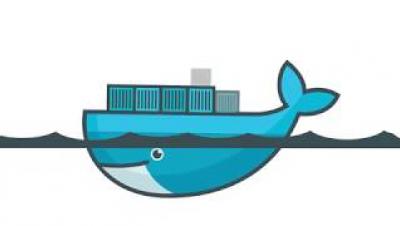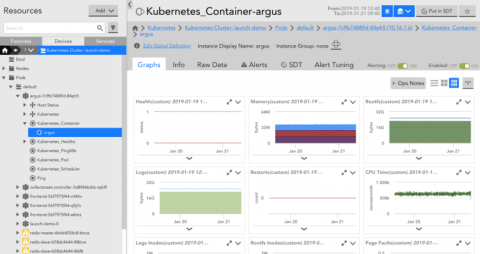Operations | Monitoring | ITSM | DevOps | Cloud
February 2019
How to Monitor GKE with LogicMonitor
Google Kubernetes Engine (GKE) is a managed Kubernetes service that makes it possible to run Kubernetes clusters without managing the underlying infrastructure. With GKE, DevOps teams can scale and deploy applications faster with Kubernetes, while spending less time on cluster maintenance and configuration. Obtaining enough insight into GKE is key to proactively preventing downtime and maximizing application performance.
Browser Automation: Using the Gmail API to Retrieve MFA Codes
In a separate article, we introduced the concept of performing synthetic transactions with LogicMonitor to ensure website services are up and running correctly. It may be necessary to authenticate with a website before you can fully monitor it, and authentication may require presenting an MFA code that has been delivered via email. Let’s take this a step further and incorporate an MFA (Multifactor Authentication) Challenge.
How to Monitor Azure VM Scale Sets
With Azure Virtual Machine (VM) Scale Sets you can automatically scale the number of VMs running an application based on the compute resources required. VM Scale Sets make it easier to deploy and manage a large number of Virtual Machines consistently and allow you to use and pay for the minimum resources needed at any given time, but they also introduce a few monitoring challenges.
2019 LogicMonitor Kickoff
How To Monitor Almost Anything: Lifehacking Diabetes
What can you monitor with LogicMonitor? There are only two limitations. As a Sales Engineer, I'm often asked questions like "Do you monitor (insert specific technology resource here)?". Equally often, I'm asked whether and how easily LogicMonitor's core abilities can be extended to gather metrics from any resources that may be specific to the customer.







